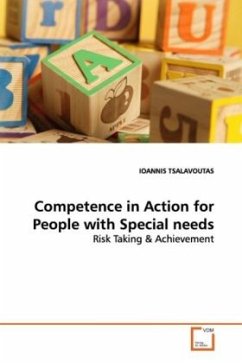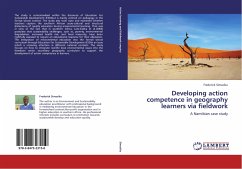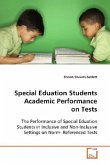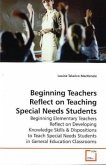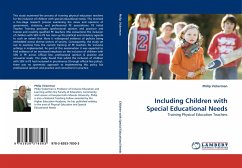Self-determination theory (SDT) guided comparison of
competence satisfaction in a ball striking activity
of elementary school students with (n =16) and
without (n = 18) physical disabilities under mastery
and performance climates. Consistent with SDT
competence satisfaction was measured by risk taking
(RT) and achievement (ACH). Performance climate
increased RT, undermined ACH accomplishments for
individuals with physical disabilities, and
encouraged ACH for peers without disabilities.
Nevertheless, no competence satisfaction difference
between the groups was found in either achievement
climate, suggesting competence was satisfied in
different ways for the two participant groups. ACH
(performance change) was important for all students,
but RT was particularly important for those without
disabilities. Performance climates should be used
cautiously to challenge students with physical
disabilities.
competence satisfaction in a ball striking activity
of elementary school students with (n =16) and
without (n = 18) physical disabilities under mastery
and performance climates. Consistent with SDT
competence satisfaction was measured by risk taking
(RT) and achievement (ACH). Performance climate
increased RT, undermined ACH accomplishments for
individuals with physical disabilities, and
encouraged ACH for peers without disabilities.
Nevertheless, no competence satisfaction difference
between the groups was found in either achievement
climate, suggesting competence was satisfied in
different ways for the two participant groups. ACH
(performance change) was important for all students,
but RT was particularly important for those without
disabilities. Performance climates should be used
cautiously to challenge students with physical
disabilities.

